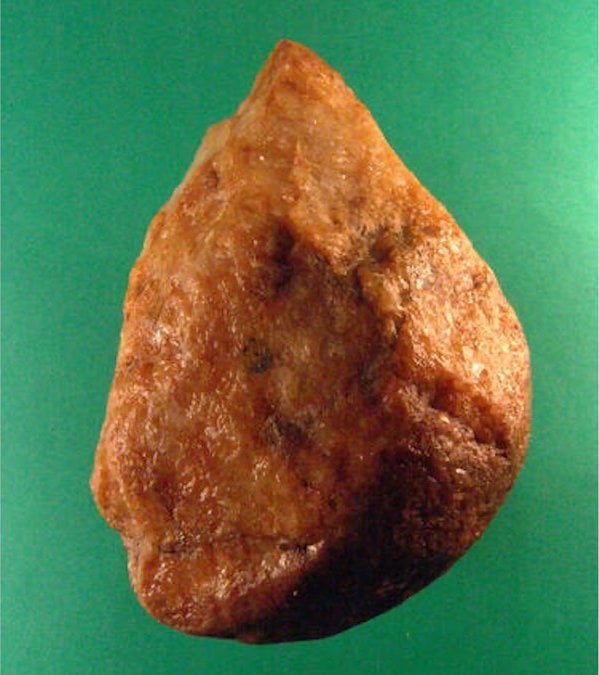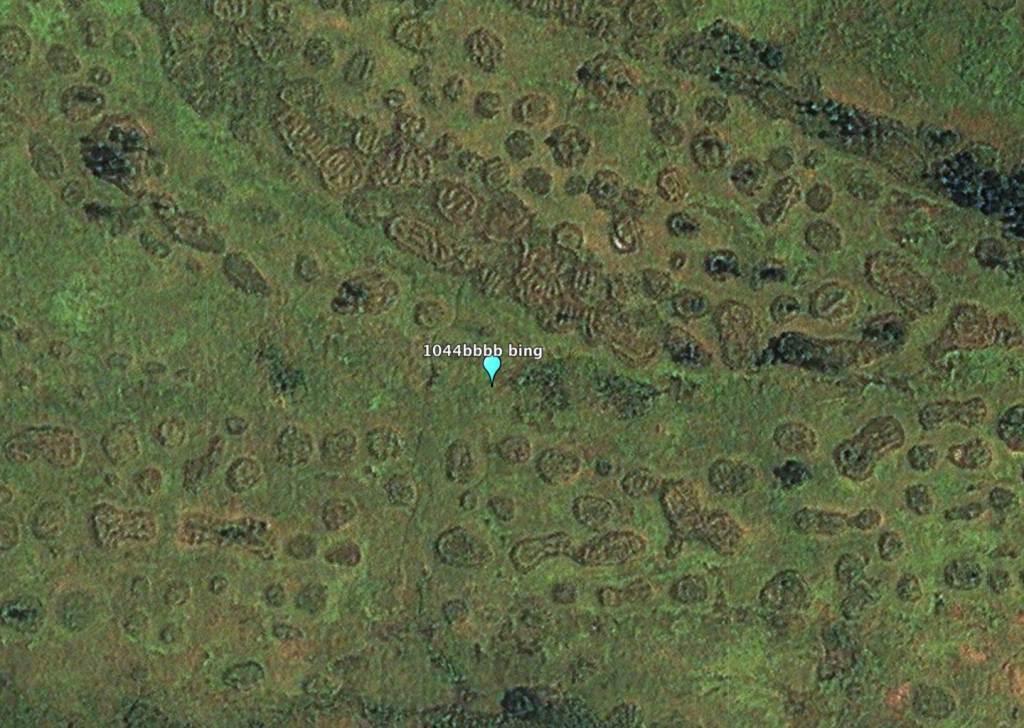Art World
Archaeologists Have Uncovered Ancient Tools in Gabon That May Rewrite Our Understanding of Humankind’s History in Central Africa
The discovery marks the earliest known evidence of human activity in the Congo Basin.

The discovery marks the earliest known evidence of human activity in the Congo Basin.

Sarah Cascone

Archaeologists have dated stone tools from Lopé National Park in Gabon to 620,000 to 850,000 years ago, making them the earliest known evidence of a human presence in the Congo Basin.
“In the African chronology, we always thought Central Africa was reserved for gorillas and the great apes, but in fact that’s false—there was a human presence,” said archaeologist Richard Oslisly of France’s Research Institute for Development, in a video produced by the organization.
He made his first trip to the region in 1987, when he noticed what appeared to be a carved terrace, suggesting ancient agricultural activity. There, Oslisly found stone tools that could have been used to cut meat. The initial carbon dating suggested the artifacts were nearly 400,000 years old, but that technology was limited in the 1980s.
In the decades since, Oslisly has continued his research in the region, and has become convinced that there was a widespread ancient agrarian civilization in the Congo Basin—a region previously assumed to be virgin forest, too dense and dangerous to be penetrated by ancient peoples.

Archaeologist Richard Oslisly believes these formations are evidence of the terraced plantings of an ancient agrarian civilization in the Congo Basin. Image from Bing Maps
Oslisly’s latest findings come from a 2019 expedition to the Elarmékora alluvial terrace in the Lopé National Park, led by the European Center for Research and Education in Environmental Geosciences and the Agence Nationale des Parcs Nationaux.
New samples of the ancient tools were tested with the most innovative technology, using cosmogenic nuclides produced by a large accelerator mass spectrometer. If the preliminary dating of up to 850,000 years old holds up, these artifacts would represent the oldest evidence of human existence in the Congo Basin.
“These results thus show a tremendous advance in our knowledge of the evolution of our ancestors that could not only upset the models established on the history of our origins but also contribute to a better understanding of ancient climate change,” read a statement from UNESCO, which announced the discovery.
Lopé National Park has been recognized as a UNESCO World Heritage Site, called the Ecosystem and Relict Cultural Landscape of Lopé-Okanda, since 2007.
Translations from French by Katie White.